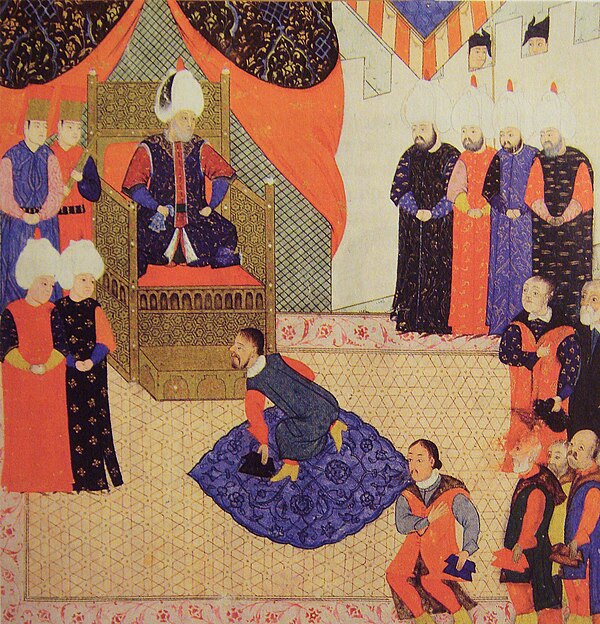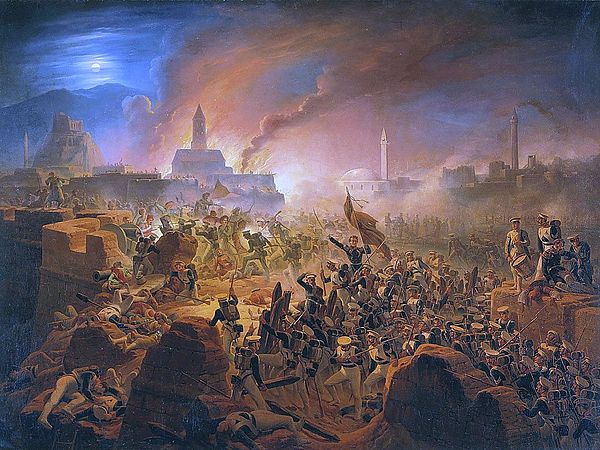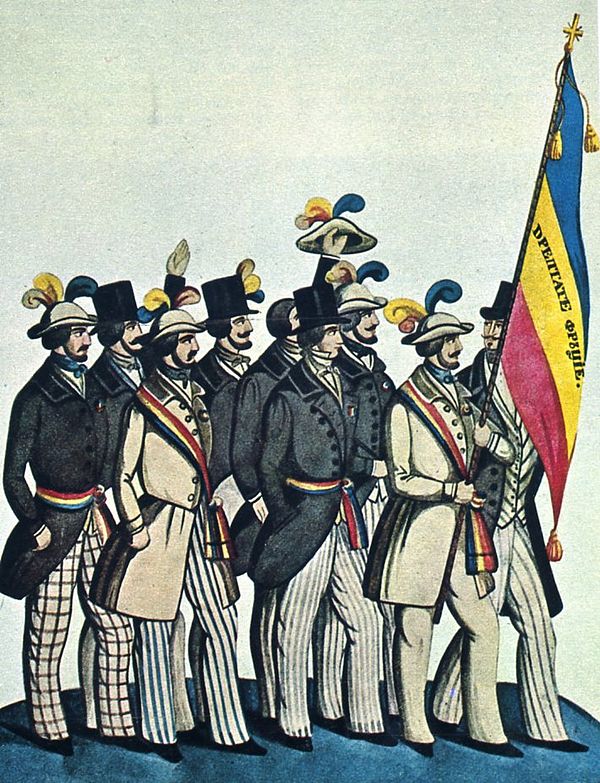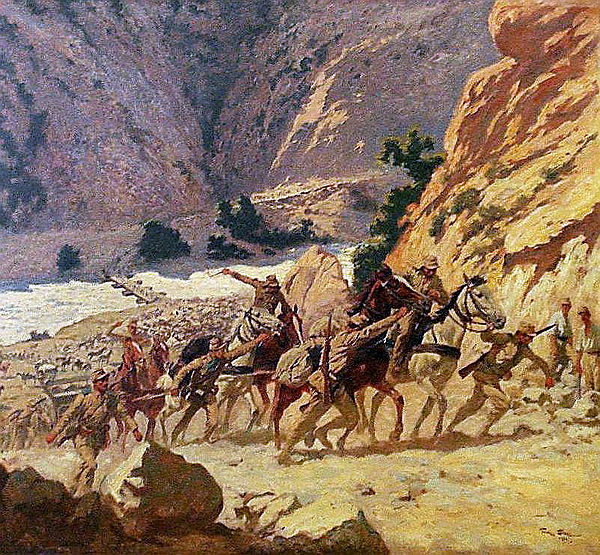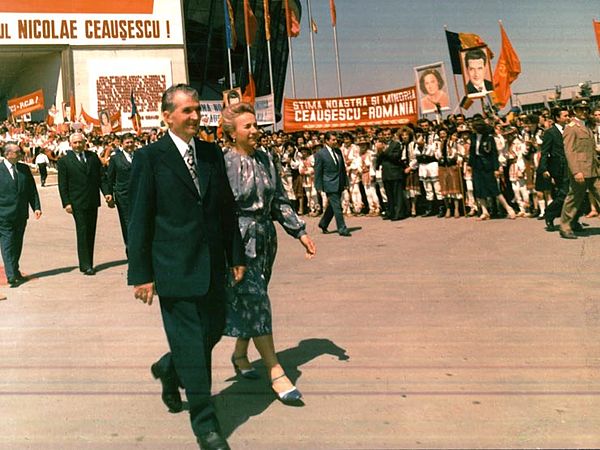In the aftermath of World War I, Romania, which fought with the Entente against the Central Powers, had greatly expanded its territory, incorporating the regions of Transylvania, Bessarabia, and Bukovina, largely as a result of the vacuum created by the collapse of the Austro-Hungarian and Russian empires. This led to the achievement of the long-standing nationalist goal of creating a Greater Romania, a national state that would incorporate all ethnic Romanians.
As the 1930s progressed, Romania's already shaky democracy slowly deteriorated toward fascist dictatorship. The constitution of 1923 gave the king free rein to dissolve parliament and call elections at will; as a result, Romania was to experience over 25 governments in a single decade. Under the pretext of stabilizing the country, the increasingly autocratic King Carol II proclaimed a 'royal dictatorship' in 1938. The new regime featured corporatist policies that often resembled those of Fascist Italy and Nazi Germany.[85] In parallel with these internal developments, economic pressures and a weak Franco-British response to Hitler's aggressive foreign policy caused Romania to start drifting away from the Western Allies and closer to the Axis.[86]
In the summer of 1940 a series of territorial disputes were decided against Romania, and it lost most of Transylvania, which it had gained in World War I. The popularity of the Romanian government plummeted, further reinforcing the fascist and military factions, who eventually staged a coup in September 1940 that turned the country into a dictatorship under Mareșal Ion Antonescu. The new regime officially joined the Axis powers on 23 November 1940. As a member of the Axis, Romania joined the invasion of the Soviet Union (Operation Barbarossa) on 22 June 1941, providing equipment and oil to Nazi Germany and committing more troops to the Eastern Front than all other allies of Germany combined. Romanian forces played a large role during fighting in Ukraine, Bessarabia, and in the Battle of Stalingrad. Romanian troops were responsible for the persecution and massacre of 260,000 Jews in Romanian-controlled territories, though half of the Jews living in Romania itself survived the war.[87] Romania controlled the third-largest Axis army in Europe and the fourth largest Axis army in the world, only behind the three principal Axis powers of Germany, Japan, and Italy.[88] Following the September 1943 Armistice of Cassibile between the Allies and Italy, Romania became the second Axis Power in Europe.[89]
The Allies bombed Romania from 1943 onwards, and advancing Soviet armies invaded the country in 1944. Popular support for Romania's participation in the war faltered, and the German-Romanian fronts collapsed under the Soviet onslaught. King Michael of Romania led a coup d'état that deposed the Antonescu regime (August 1944) and put Romania on the side of the Allies for the remainder of the war (Antonescu was executed in June 1946).
Under the 1947 Treaty of Paris, the Allies did not acknowledge Romania as a co-belligerent nation but instead applied the term "ally of Hitlerite Germany" to all recipients of the treaty's stipulations. Like Finland, Romania had to pay $300 million to the Soviet Union as war reparations. However, the treaty specifically recognized that Romania switched sides on 24 August 1944, and therefore "acted in the interests of all the United Nations". As a reward, Northern Transylvania was, once again, recognized as an integral part of Romania, but the border with the USSR and Bulgaria was fixed at its state in January 1941, restoring the pre-Barbarossa status quo (with one exception).



























